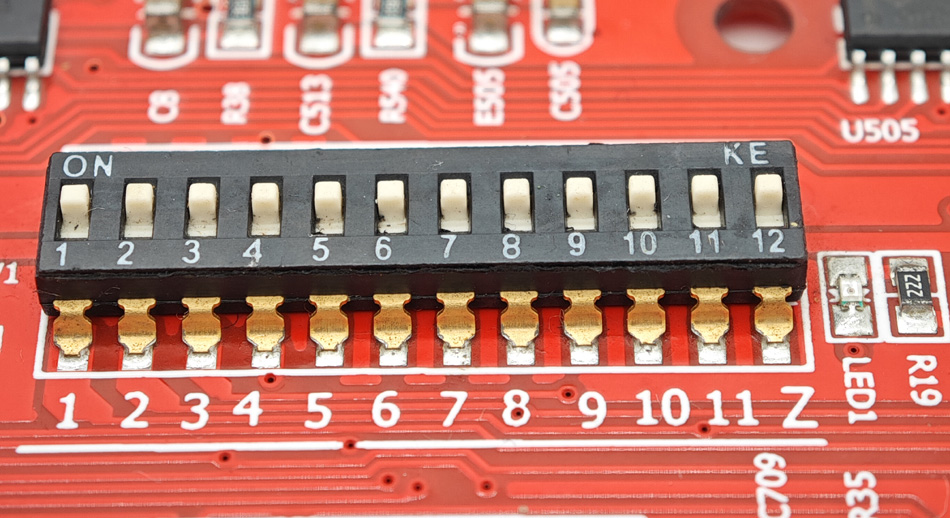- English
- Español
- Português
- русский
- Français
- 日本語
- Deutsch
- tiếng Việt
- Italiano
- Nederlands
- ภาษาไทย
- Polski
- 한국어
- Svenska
- magyar
- Malay
- বাংলা ভাষার
- Dansk
- Suomi
- हिन्दी
- Pilipino
- Türkçe
- Gaeilge
- العربية
- Indonesia
- Norsk
- تمل
- český
- ελληνικά
- український
- Javanese
- فارسی
- தமிழ்
- తెలుగు
- नेपाली
- Burmese
- български
- ລາວ
- Latine
- Қазақша
- Euskal
- Azərbaycan
- Slovenský jazyk
- Македонски
- Lietuvos
- Eesti Keel
- Română
- Slovenski
- मराठी
- Srpski језик
Common quality problems and solutions in PCBA processing
2025-02-25
In the process of PCBA (printed circuit board assembly), quality problems are the main factors affecting product performance and reliability. Faced with complex production processes and changing market demands, understanding common quality problems and their solutions is crucial to improving product quality. This article will explore common quality problems in PCBA processing and their effective solutions to help companies improve production efficiency and product quality.

I. soldering defects
soldering defects are one of the most common problems in PCBA processing, usually manifested as cold solder joints, cold solder joints, short circuits and open circuits.
1. Cold solder joints
Problem description: Cold solder joints refer to loose connections at solder joints, usually caused by incomplete melting of solder during soldering or insufficient solder quantity.
Solution: Ensure accurate control of soldering temperature and time, and use appropriate soldering materials. Regularly check and calibrate the reflow soldering machine to ensure that the temperature curve during soldering meets the standard. In addition, optimize the printing of solder paste and the mounting process of components to improve soldering quality.
2. Cold soldering
Problem description: Cold soldering refers to the solder joint not reaching a sufficient soldering temperature, resulting in a normal solder joint appearance but poor electrical connection.
Solution: Adjust the heating program of the reflow soldering machine to ensure that the temperature during the soldering process meets the specified standard. Perform equipment maintenance and temperature calibration regularly to avoid cold soldering problems caused by equipment failure.
II. Component position deviation
Component position deviation usually occurs in the surface mount (SMT) process, which may cause circuit board function failure or short circuit.
1. Component offset
Problem description: The position of the component is offset during the soldering process, usually due to calibration problems of the placement machine or uneven solder paste.
Solution: Ensure accurate calibration of the placement machine and perform equipment maintenance and adjustment regularly. Optimize the printing process of solder paste to ensure uniform application of solder paste to reduce the possibility of component movement during the placement process.
2. Solder joint deviation
Problem description: The solder joint is not aligned with the pad, which may cause poor electrical connection.
Solution: Use high-precision placement machines and calibration tools to ensure accurate placement of components. Monitor the production process in real time to detect and correct solder joint deviation problems in time.
III. Solder paste printing problems
The quality of solder paste printing has a direct impact on the quality of soldering. Common problems include uneven solder paste thickness and poor solder paste adhesion.
1. Uneven solder paste thickness
Problem description: Uneven solder paste thickness may cause cold soldering or cold soldering problems during soldering.
Solution: Regularly check and maintain the solder paste printer to ensure that the printing pressure and speed meet the specifications. Use high-quality solder paste materials and regularly check the uniformity and adhesion of the solder paste.
2. Poor solder paste adhesion
Problem description: Poor solder paste adhesion on the circuit board may cause poor solder paste fluidity during soldering, thereby affecting the soldering quality.
Solution: Ensure that the storage and use environment of the solder paste meets the regulations to avoid the solder paste from drying or deteriorating. Clean the printer template and scraper regularly to keep the printing equipment in good condition.
IV. Printed circuit board defects
Defects in the printed circuit board (PCB) itself may also affect the quality of PCBA, including open circuit and short circuit problems of the PCB.
1. Open circuit
Problem description: An open circuit refers to a broken circuit on a circuit board, resulting in an interrupted electrical connection.
Solution: Perform strict design rule checks during the PCB design phase to ensure that the circuit design meets production requirements. During the production process, use advanced inspection equipment such as automatic optical inspection (AOI) to promptly detect and repair open circuit problems.
2. Short circuit
Problem description: A short circuit refers to an electrical connection between two or more circuits on a circuit board that should not exist.
Solution: Optimize PCB design to avoid overly dense wiring and reduce the possibility of short circuits. During the production process, use X-ray inspection technology to check short circuit problems inside the PCB to ensure that the electrical performance of the circuit board meets the requirements.
Summary
Common quality problems in PCBA processing include soldering defects, component position deviation, solder paste printing problems, and printed circuit board defects. The overall quality of PCBA processing can be improved by implementing effective solutions such as optimizing soldering processes, calibrating equipment, improving solder paste printing, and strict quality inspection. Understanding and solving these common quality problems can help companies improve production efficiency and product reliability and meet the market demand for high-quality electronic products.
-
Delivery Service






-
Payment Options









